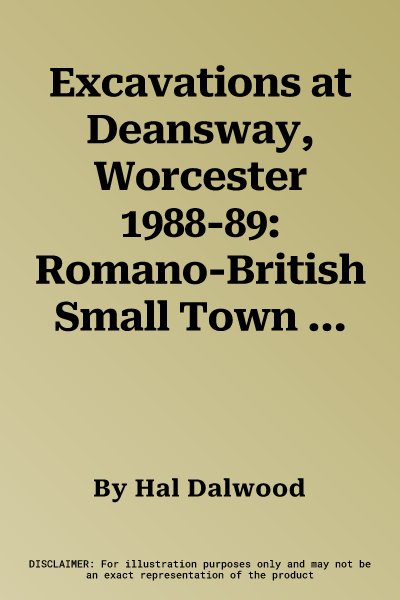Hal Dalwood
(Author)Excavations at Deansway, Worcester 1988-89: Romano-British Small Town to Late Medieval CityPaperback, 1 October 2004

Qty
1
Turbo
Ships in 2 - 3 days
In Stock
Free Delivery
Cash on Delivery
15 Days
Free Returns
Secure Checkout

Part of Series
Research Report Series
Print Length
605 pages
Language
English
Publisher
Council for British Archaeology
Date Published
1 Oct 2004
ISBN-10
1902771419
ISBN-13
9781902771410
Description
Product Details
Author:
Book Format:
Paperback
Country of Origin:
GB
Date Published:
1 October 2004
Dimensions:
29.51 x
21.03 x
3.3 cm
ISBN-10:
1902771419
ISBN-13:
9781902771410
Language:
English
Pages:
605
Publisher:
Series:
Weight:
2317.86 gm